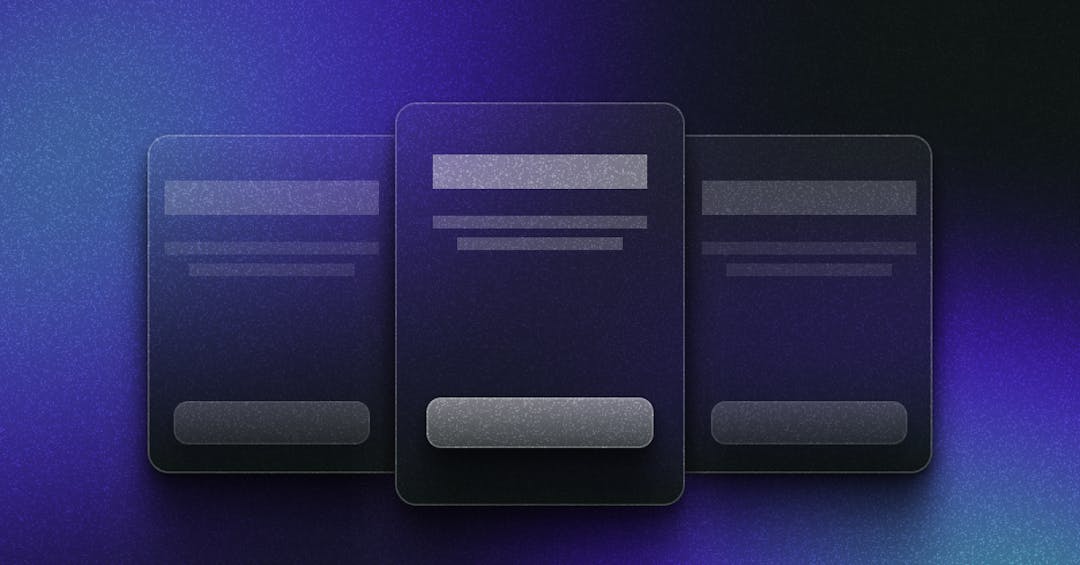Proper pricing has the highest impact on your bottom line. Here's a step-by-step guide to get your value based pricing strategy on track.
Pricing is one of the worst and one of the best things to ever happen to your business. It's the worst, because the concept isn't easy to master, nor is it a core competency for many business folk. It's the best, because once you become even adequately proficient with pricing, you'll see major gains in revenue. After all, a 1% improvement in pricing equates to an average boost in profits of 11% (pricing is that important).
More specifically though, one of the most important strategies to utilize is known as value based pricing. We've written about value based pricing strategy before (in fact it's what we're all about), but a lot of feedback we received on our content was that we were great at explaining how important value based pricing was, but we needed to provide more resources on specifically how to implement a value based pricing strategy.
We're exceptionally accomodating here at the ol' Price Intelligently, so we won't disappoint. Let's delve deeper into value based pricing and actually teach you the steps you can utilize quite literally today to price on value to produce the biggest gains.
What is Value Based Pricing?
We've blogged a lot about value based pricing, but here's the executive summary: the goal is to figure out how much each of your customers are willing to pay for your product, so that you can maximize your revenue by charging each of your customers the exact amount they are willing to pay. At this point, you're at an equilibrium with your customer base, providing exactly the right amount of value for the price you're charging. Sounds pretty easy right?
Well, sort of...there’s a catch (there’s always a catch). Figuring out customer valuations is harder than it sounds. This is why so many companies choose instead to focus on cost plus and competitor based pricing (the paths of least resistance, but also the path of least revenue). But we know, since you’re reading this blog, you’re smarter than the average bear, so let's dig into the four major value based pricing steps.
How to create a value based pricing strategy
Step 1: Identify and analyze your buyer personas
Your buyer personas are fictional characters that represent your ideal customer. They embody the people who you believe to be the perfect fit for your product. Of course, your product will most likely fit the needs of many different types of customers, which means that you will need multiple buyer personas. One of your personas might be Founder Fred, the CEO of a small company who wants a smaller service package with fewer bells and whistles. Another might be Marketing Mary, the head of marketing for a large public corporation that needs an enterprise sized package.
What you want to do here is to define exactly who these personas are by thinking about things like their personal background, their role in the company, any challenges they may face, their bosses’ expectations, their needs and pain points, and even their preference in peanut butter (just kidding on the last one - sort of - Founder Fred is a crunchy kind of guy).
The point is to know them inside and out because they are the most critical part of your value based pricing strategy. Without them, you wouldn’t be able to develop your target customer base, which lays the foundation for the rest of the steps in the process. Be sure you don’t skim over this step, and make sure the entire company knows who the buyer personas. You should be talking about these customers in meetings as if they're actually people...because they are people.
Step 2: Survey and talk to your customer base
The pricing process shouldn't be this dark secret that is hidden away from customers until you charge them on a pricing page or in a contract. You talk to your customers about their pain points, favorite colors, and what they love about you, there's no reason you shouldn't talk to them about the value they're finding in the product. It's a two way conversation.
In this manner, value based pricing is all about data, both the qualitative and the quantitative. It’s the only way to find out how your customers want to pay for your product (per user per month, per video, per GB of bandwidth, etc.) and how much your customers are actually willing to pay. This means that the second step of the process is to collect customer data by surveying them about topics such as their price sensitivity and what features/benefits they value most in your product. There are numerous methods out there (including our own pricing software - shameless plug), but the most basic is picking up the phone and calling someone.
Here’s where the buyer personas come in though. You have to target your surveys to people who match your buyer personas so you’re collecting data from people who you think are actually interested in purchasing your product, whether they're prospects, actual customers, or market panels. You also want to keep in mind that your customers are doing you a favor by filling out your survey, so be sure to value their time accordingly by keeping your surveys short and objective (or even offering a reward - remember it's a two way street).
Step 3: Analyze the data to figure out potential tiers or bundle packages
Great. You've collected some data and spoken with a few customers. Now go all Rainman, Neo, or Beautiful Mind on the data in analyzing the patterns in features, benefits, and price points your different buyer personas value in your product. I guarantee you these patterns will emerge, and then help you to create tiers and proper packages for your product or services. Each tier should align with your different buyer personas so that you're offering the right amount of product/service to each different customer segment.
Going back to our earlier example, if you find the people who match your Founder Fred persona really value a smaller, but inexpensive, package with great customer support, you should create an entry level tier with those features. Similarly, if the people who match your Marketing Mary persona are willing to pay more for a package with lots of cloud storage and unlimited user licenses, you should create an enterprise tier that matches her needs.
Tiers are also critical to a great pricing strategy because they allow you to take advantage of the multi-price mindset, pricing along a value metric, and cater to different valuations of your product. After all, you wouldn’t want to charge a large public enterprise the same price for your service as a small startup, especially if the large company is willing to pay more. We wrote more about this here: the multi-price mindset.
Step 4: Test and Review
One of the bedrock concepts you need to remember is that pricing is a process. Customer valuations are constantly evolving due to things like changing consumer trends and the developments in technology. Just think about what’s changed since the Sony Walkman was the must-have accessory. Changing customer preferences and market conditions means your pricing strategy and tiers should be constantly updated as well. You need to continually collect data and analyze price sensitivity and value in order to make sure that what you’re offering is still relevant to what your customers are looking for in your product.
Keep in mind, as well, you need to continually validate and pair your customer personas to their respective tiers and entry points. They should match up to your expectations, meaning that your enterprise tier should be mainly subscribed to by large enterprise customers. If, for example, small businesses are flocking to your enterprise tier, then it might be a good idea to reevaluate and expand your service offerings so that you will have a package to target the larger customers, and the extra revenue they have in their coffers.
Bottom Line: The customer is always right...so include them
The old adage, “The customer is always right” is especially true for value based pricing. After all, you can only charge what your customers are willing to pay because they’re the ones with the money to give to you. You must ensure that your value and pricing matches up to the needs of your customers.
Business is a healthy balance, and pricing is one of the best representations of that notion. Everyone can win, from the customer getting exactly what they want at the value they perceive to your company creating a phenomenal pricing strategy that maximizes revenue by aligning everything properly.
To learn more about pricing specifics, check out our Pricing Strategy ebook. We're here to help!


